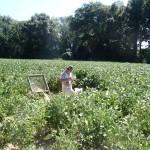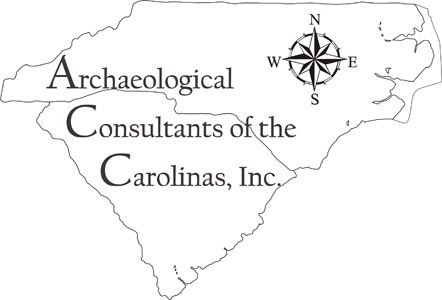The Little River estuary is one of only a few small, yet potentially significant, estuaries between Winyah Bay (Georgetown County, S.C.) and the Cape Fear River (Brunswick County, N.C.). These small estuaries are in one sense resource oasis along the Grand Strand region of the South Carolina coast. On the basis of archaeobotanical and zooarchaeological remains recovered from these sites, it appears that shellfish and mast collection were primary exploitative activities throughout the occupational history of these two sites. The faunal and floral assemblages indicate that these sites were minimally occupied in the spring, summer, and fall months. Concentrated oyster harvests are usually more favorable in the spring and summer months (Claasen 1986), whereas hickory nuts and acorns are available for harvest in September and October. Many of the vertebrate species would have been available all year. Apparently all environmental zones within a minimum 5 mile radius were exploited and a variety of capture and collection strategies were used.
The sandy expanses of the South Carolina Coastal Plain generally are not thought of as a region with abundant lithic resources. The most notable exception is with the chert quarries in Allendale County. However, the sandy surface layer can be misleading about what is present below the surface. Limestone, quartzite, argillite, and other materials are present across the Coastal Plain, but may be too deeply buried to be accessible without extenuating circumstances, such as exposures due to tectonic activities (i.e., such as uplift along a fault zone). Thus, cherts and quartzite sources are believed to be locally available, rather than pointing to better known sources located farther away.
A combination of identifiable ceramic types, projectile points, and radiocarbon dates provide a chronological assessment of the Glen Dornoch sites. As indicated by diagnostic artifacts, Native American occupation spans approximately 7500 years, from approximately BC 6000 – AD 1540. Intact contexts from which we were able to get (for the most part) reliable radiocarbon dates span approximately 3000 years, from BC 1770 – AD 1130.
In summary, data recovery excavations at the two Glen Dornoch sites have added significant information about the Native American occupation of the Little River area. In addition to adding new information, these investigations have thrown light on a variety of commonly accepted views of such settlement that may not be accurate. It is our hope that the results and interpretations herein serve to open new avenues of future research along the northern coast of South Carolina.
Back Specialized Analyses

